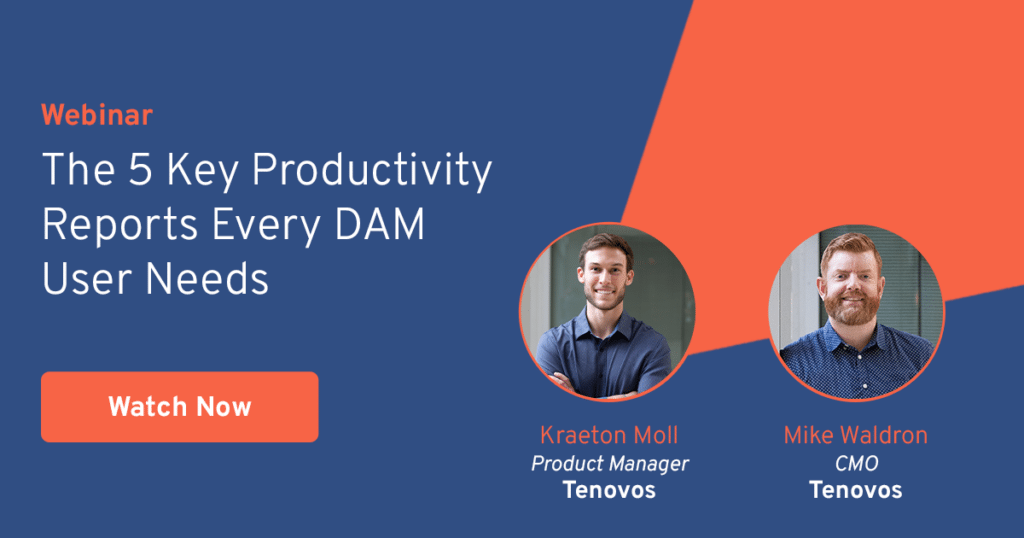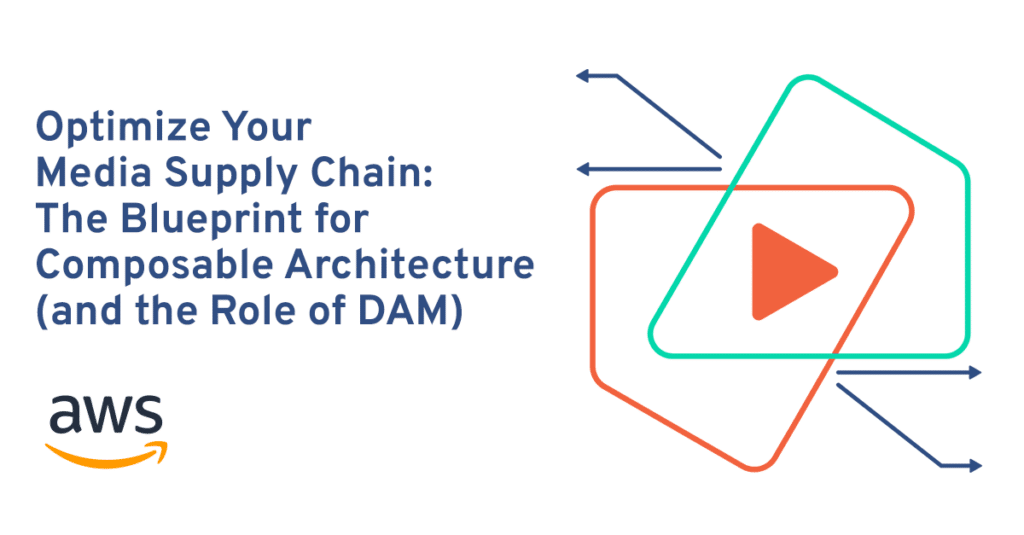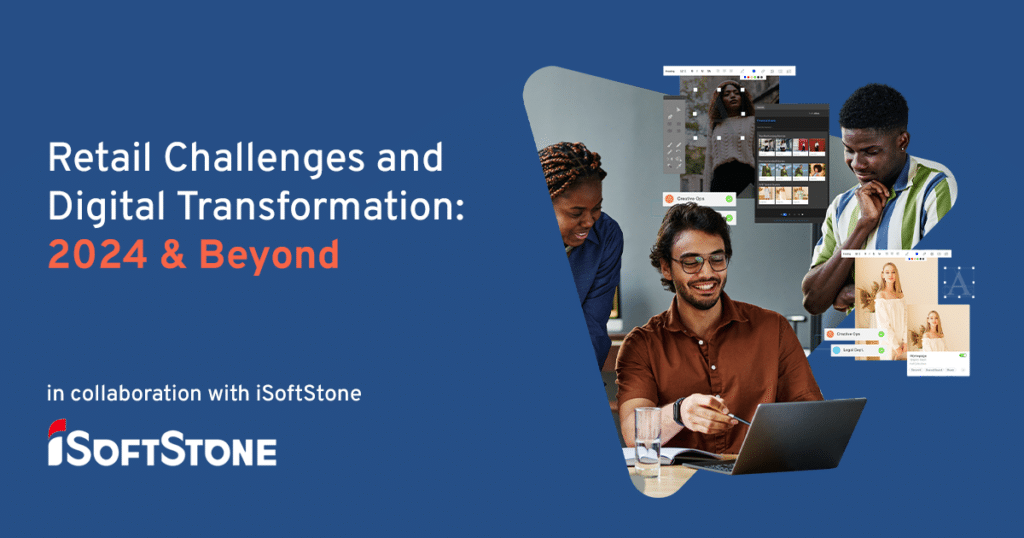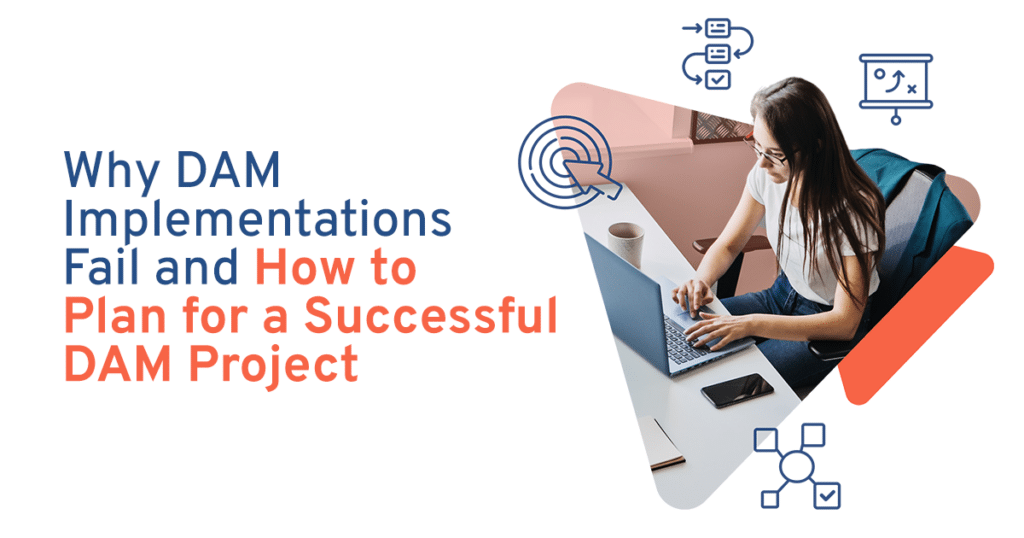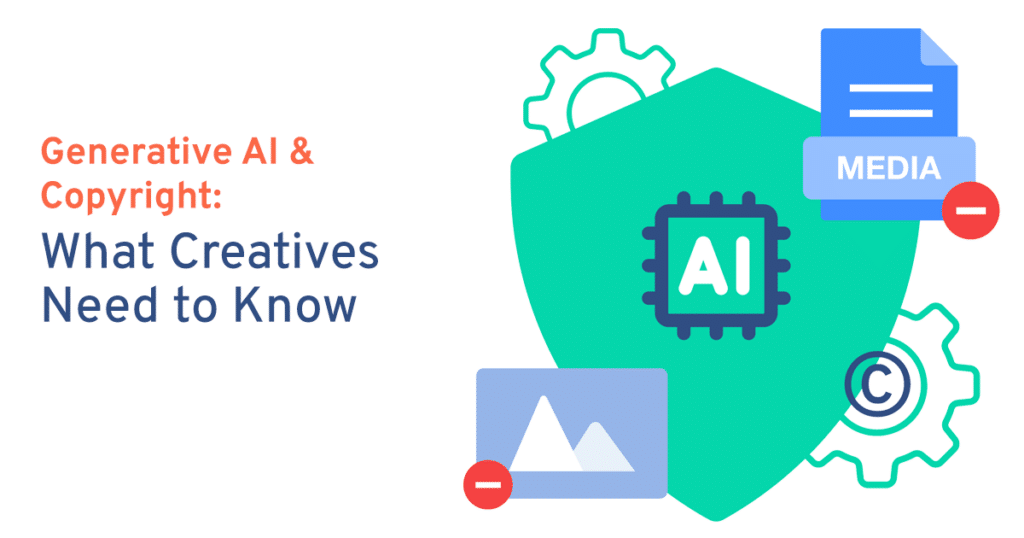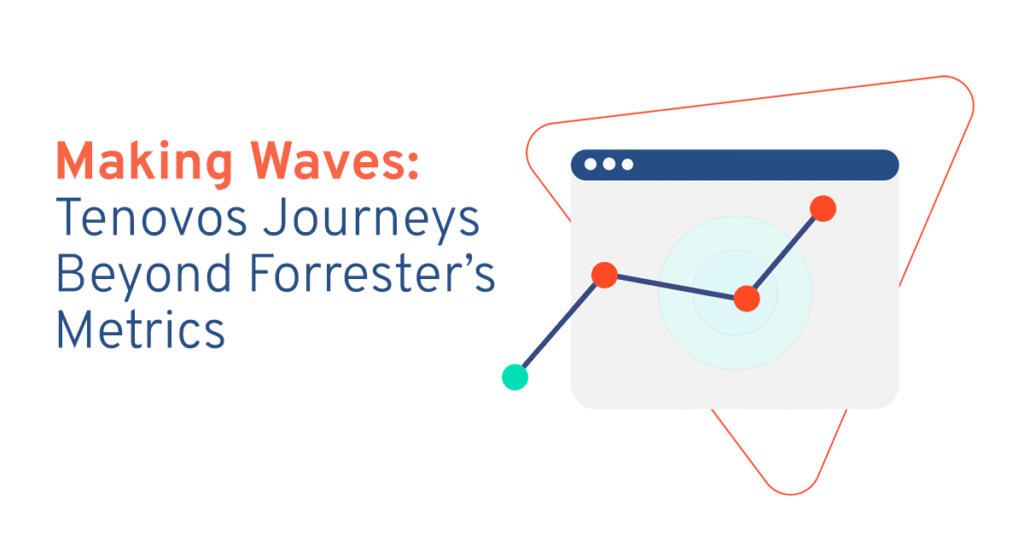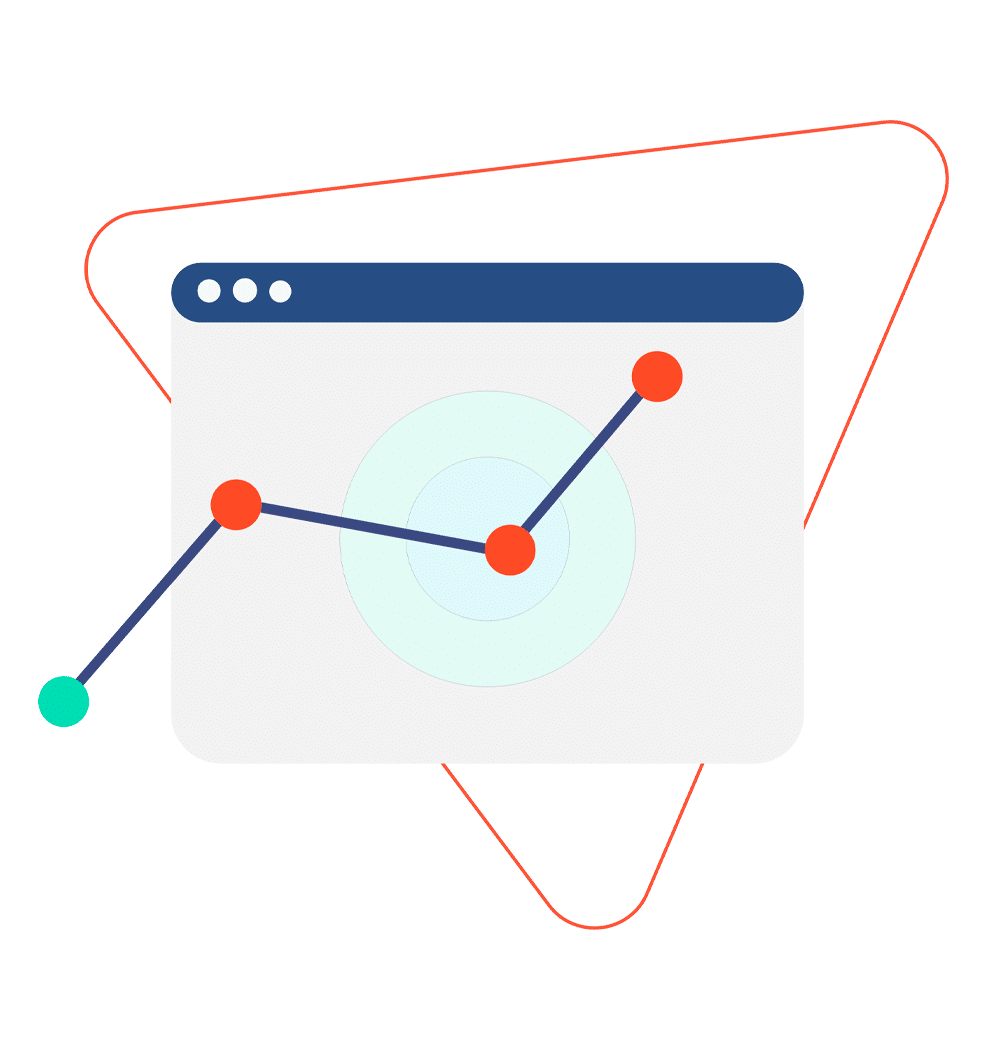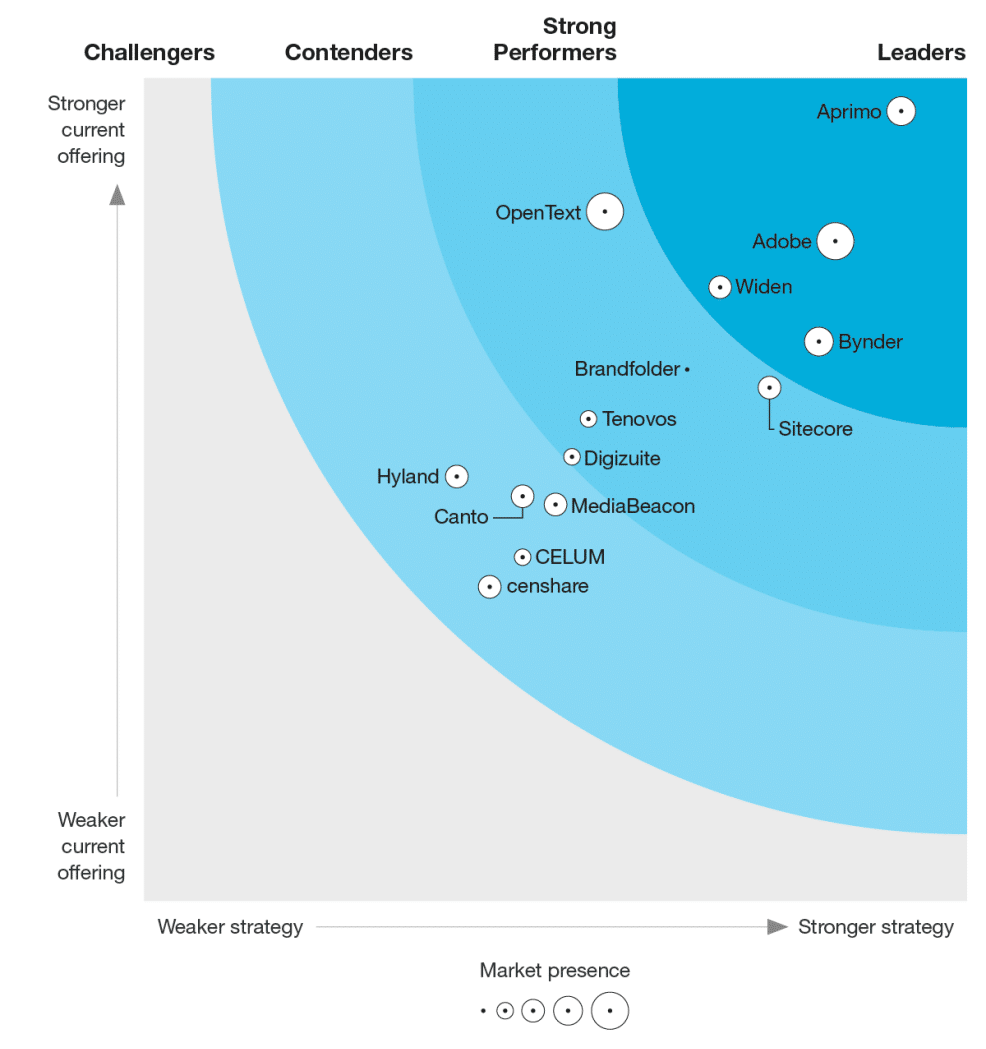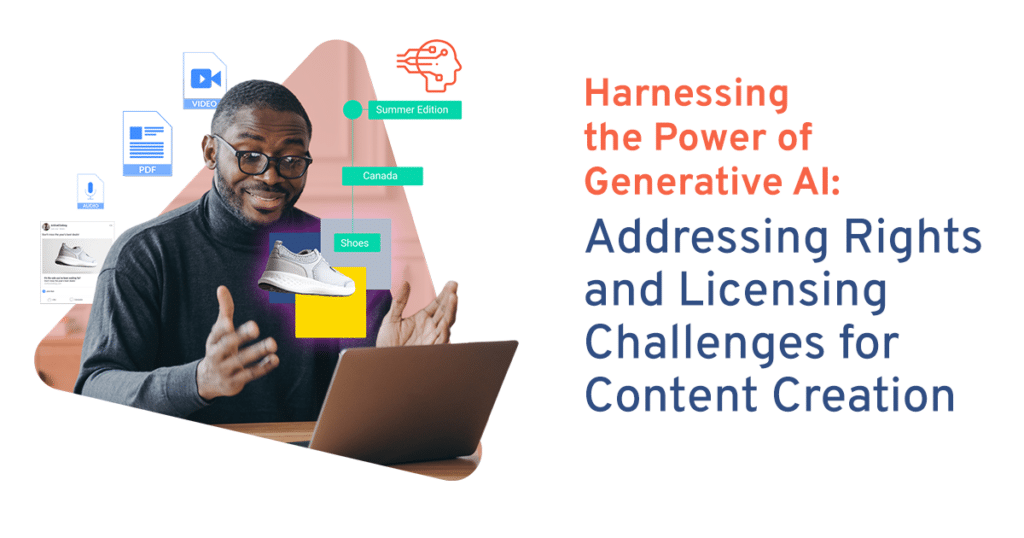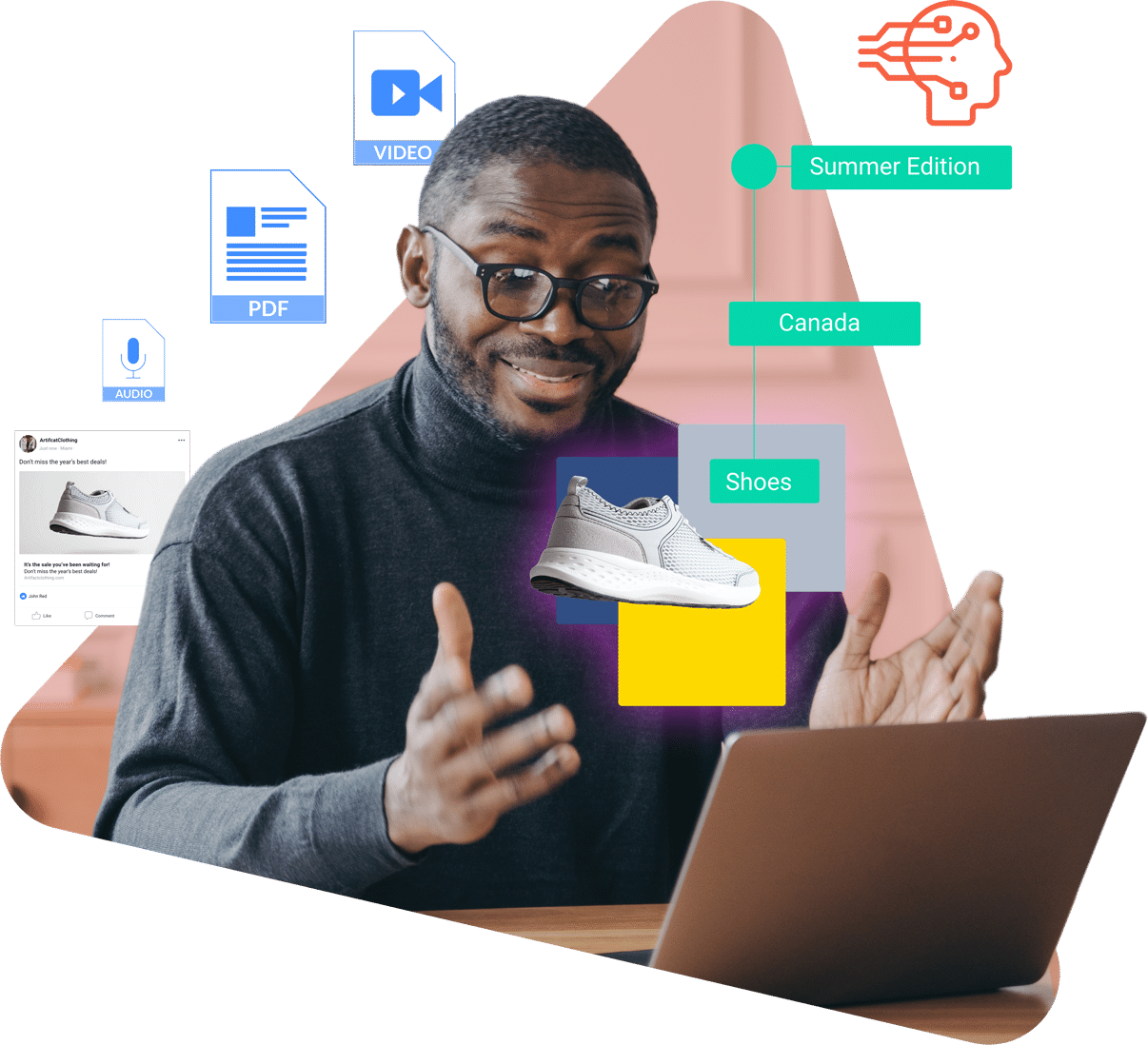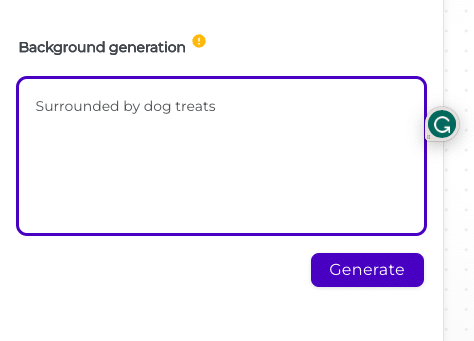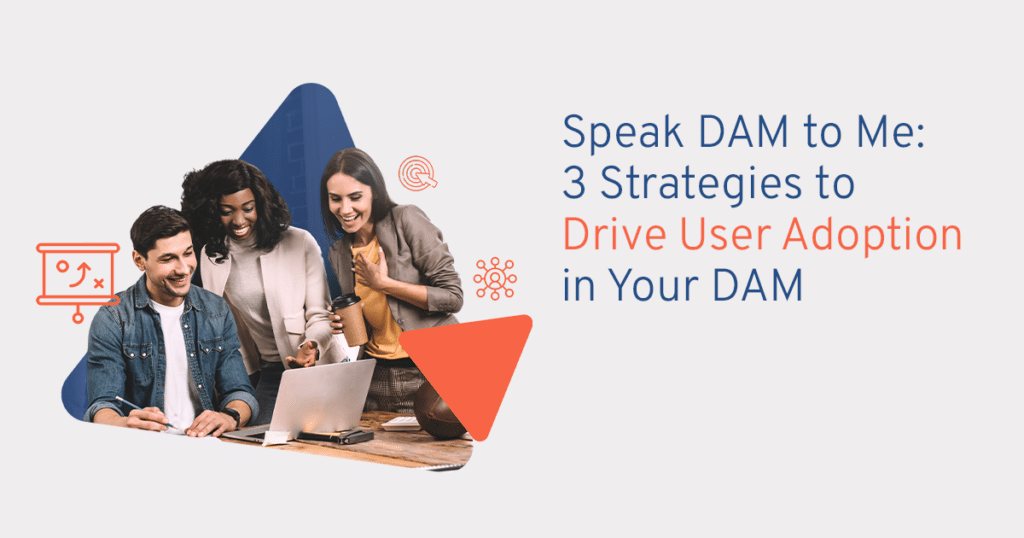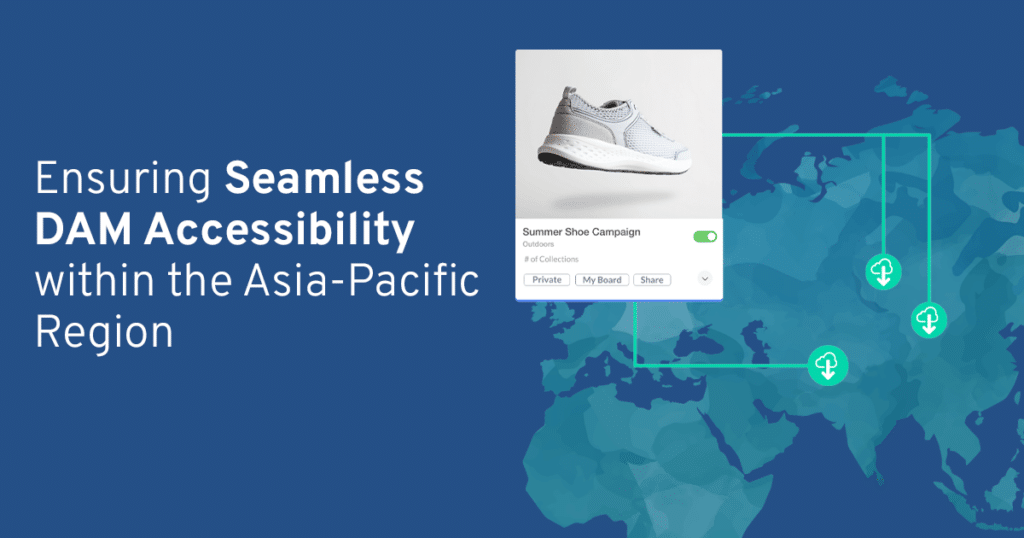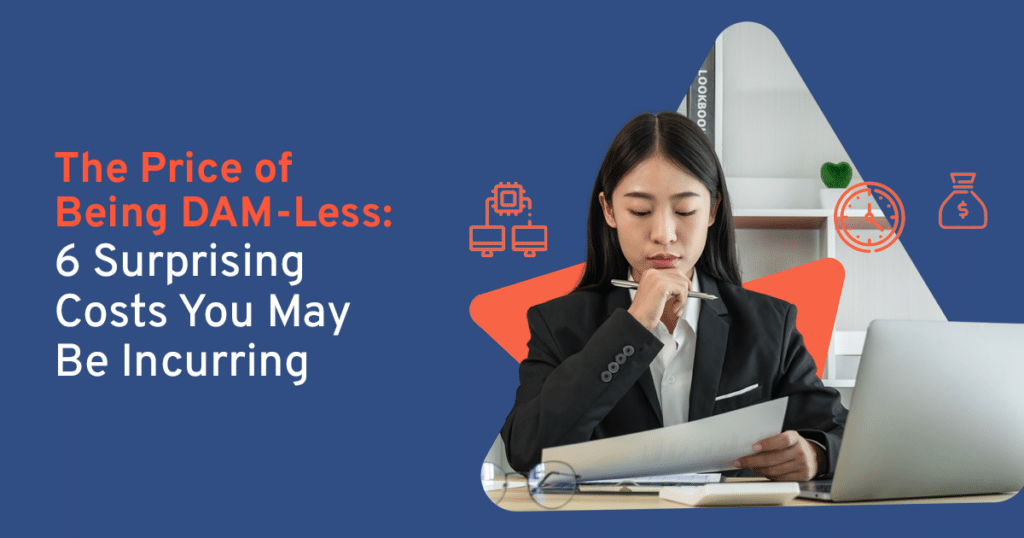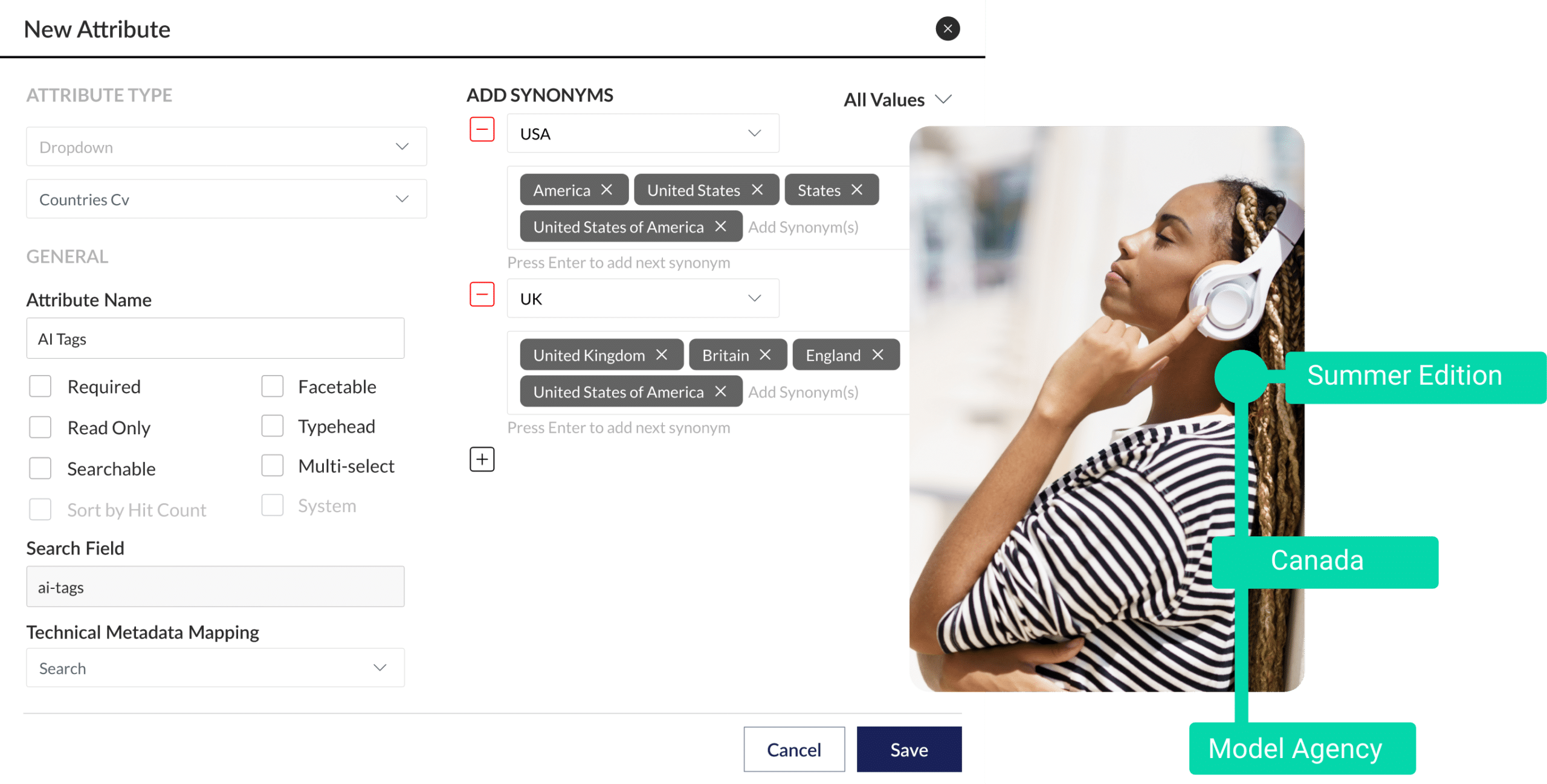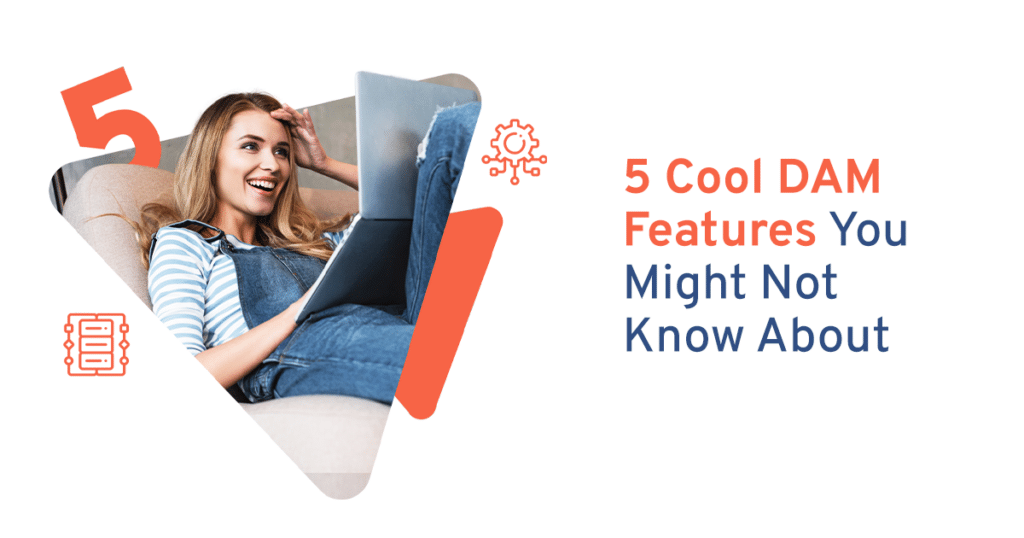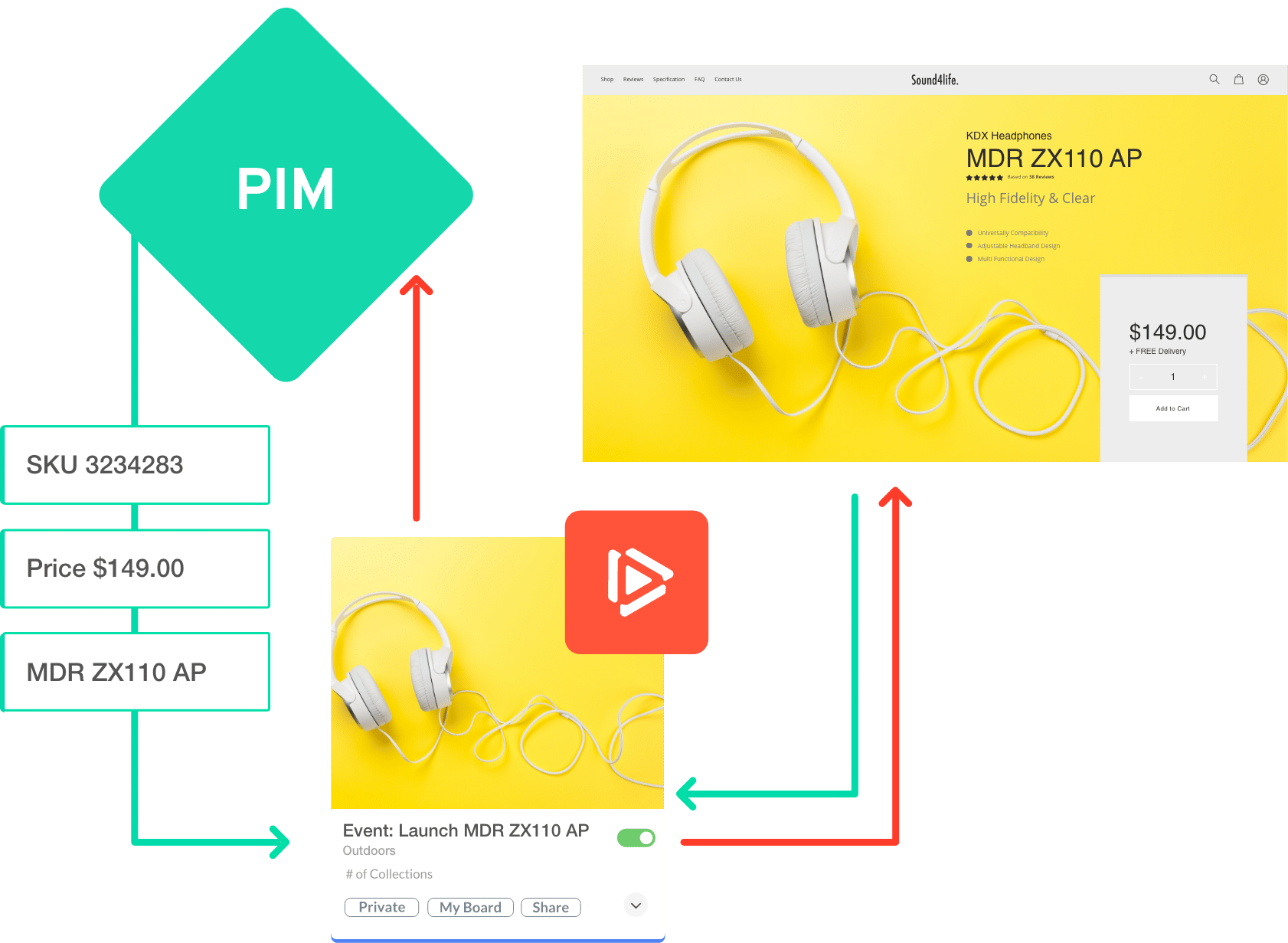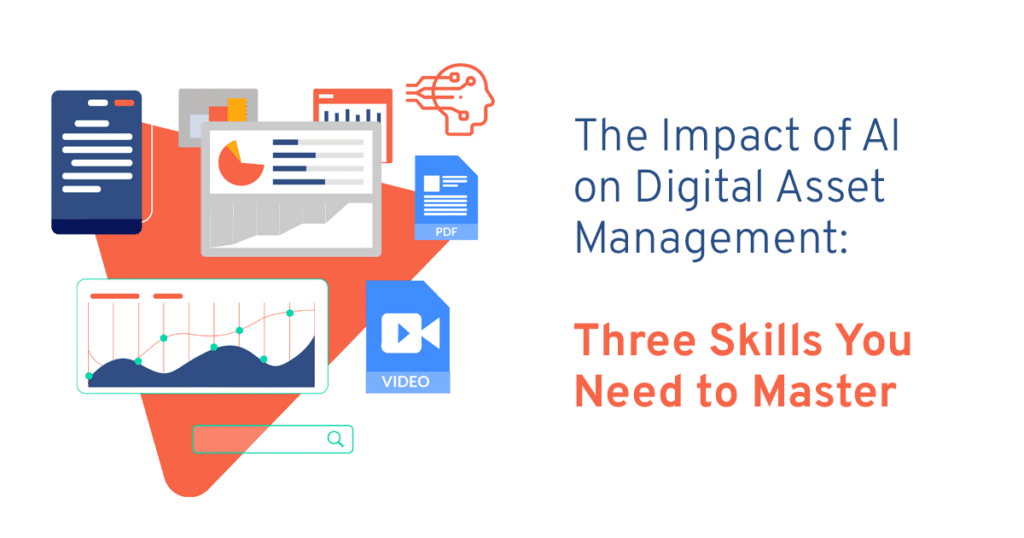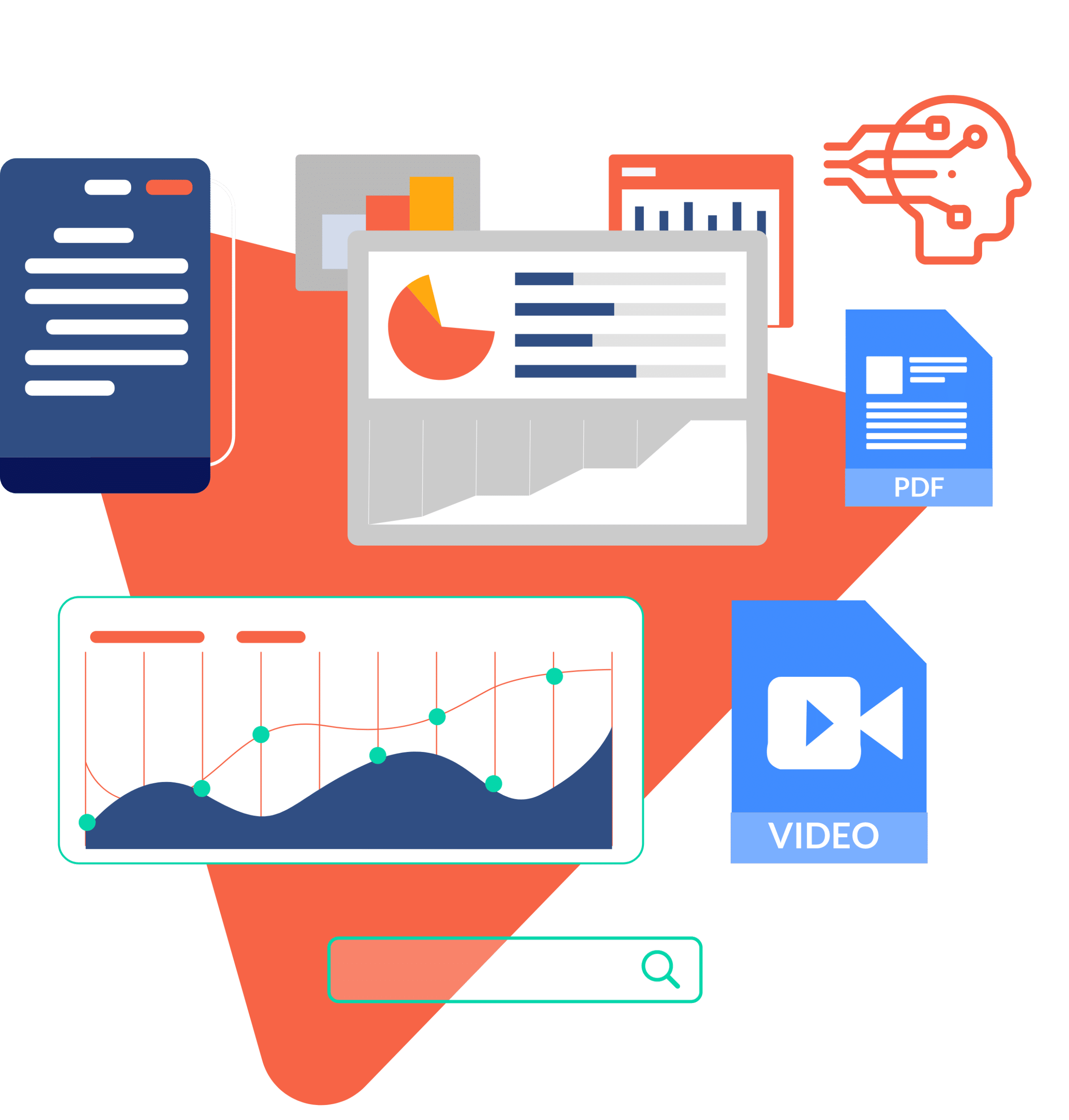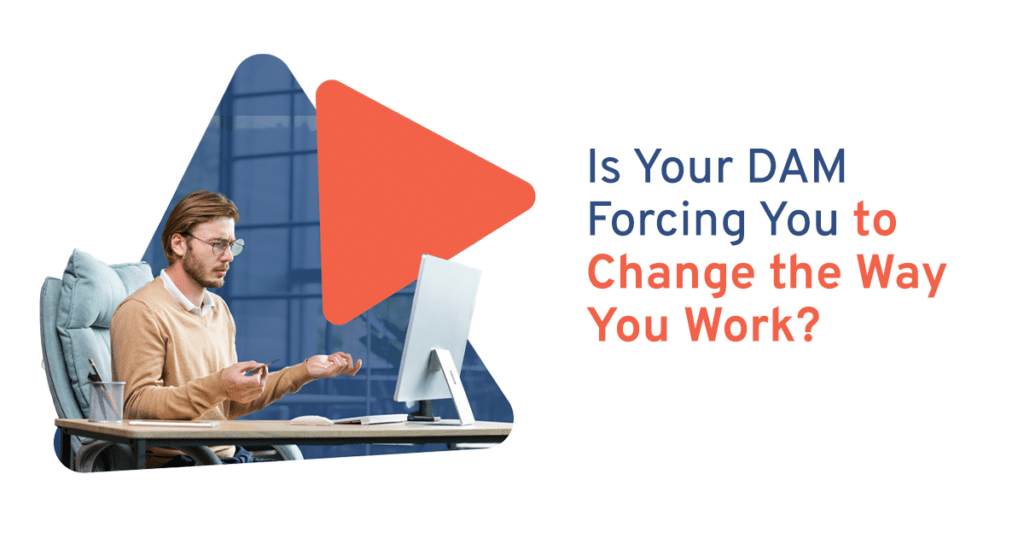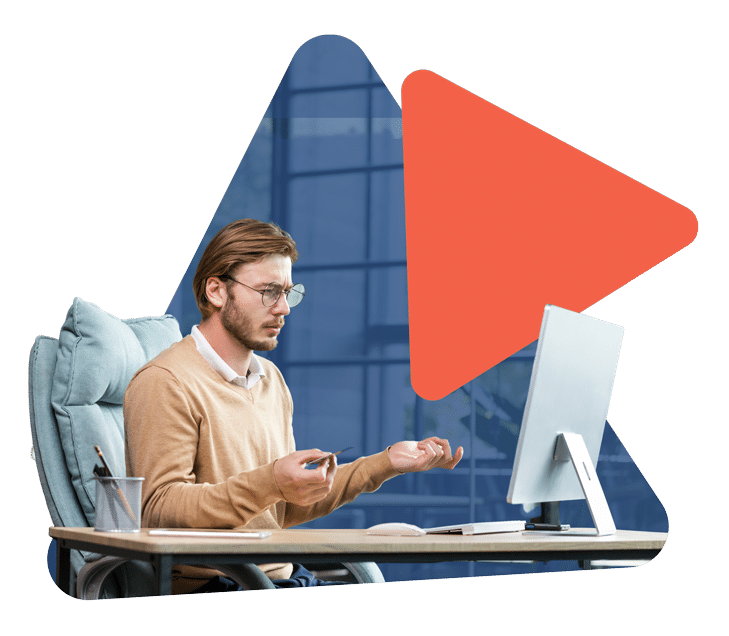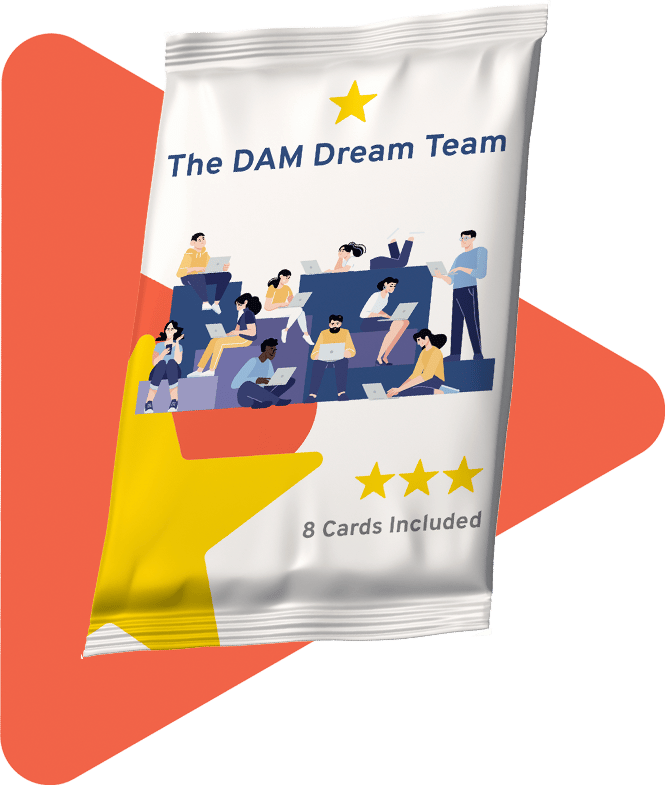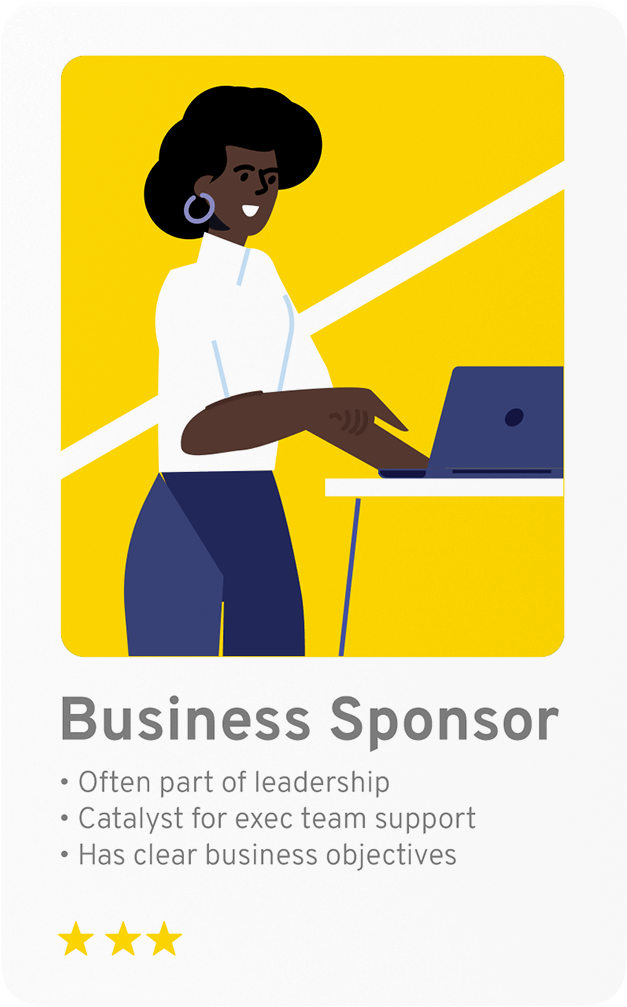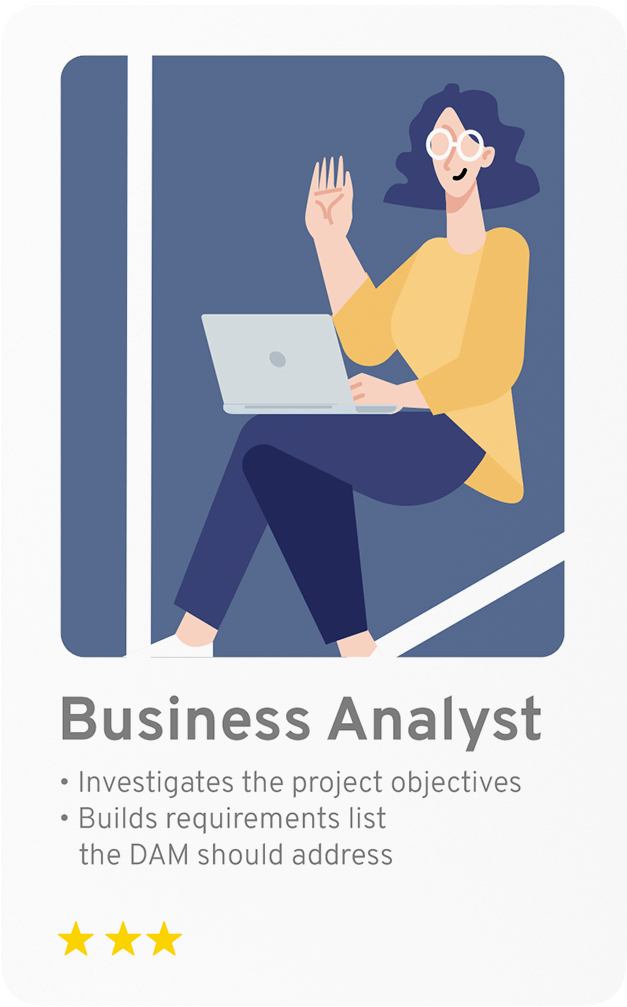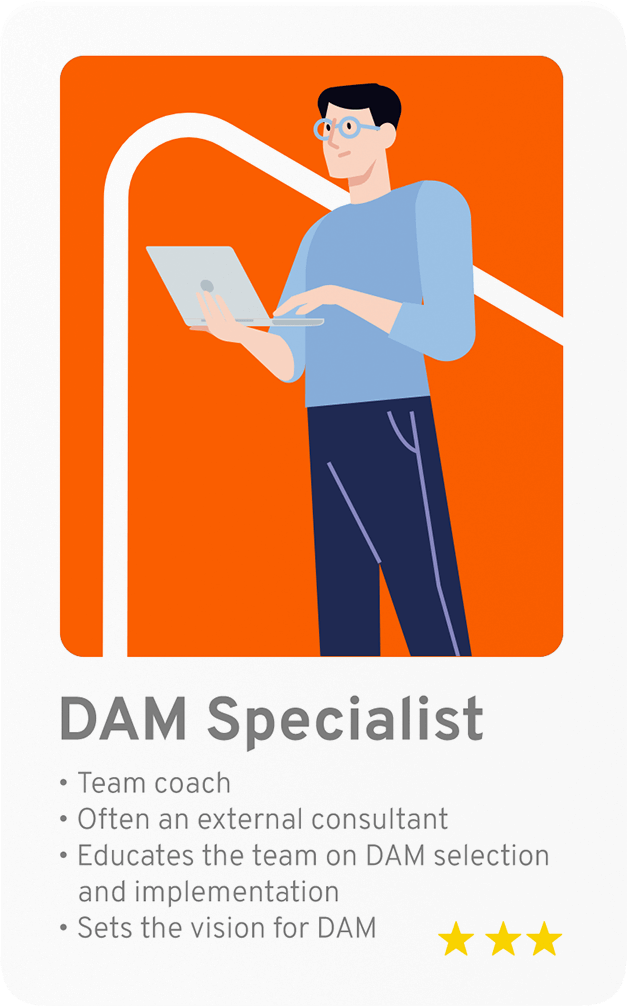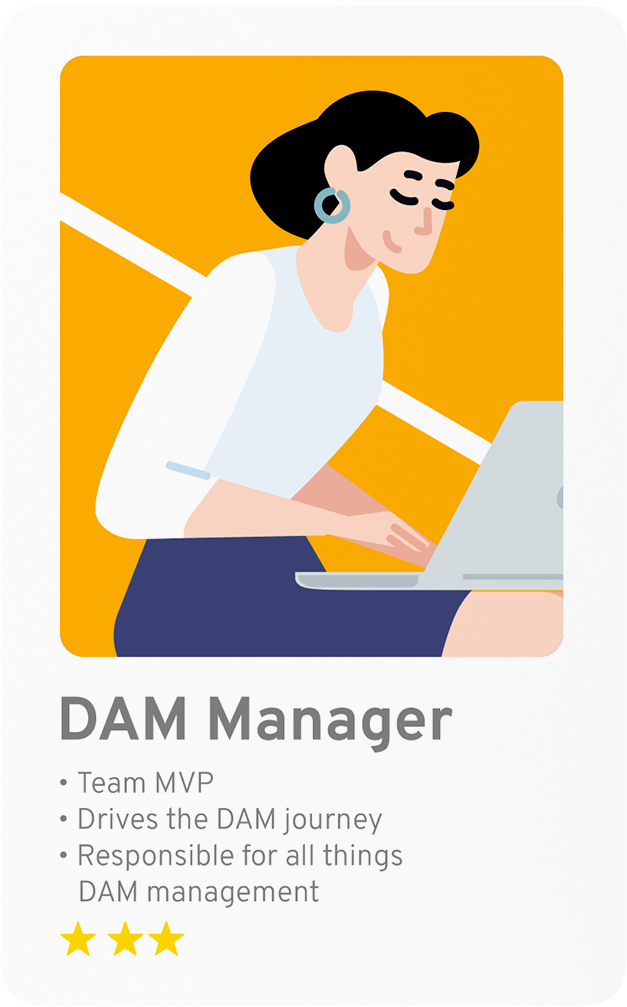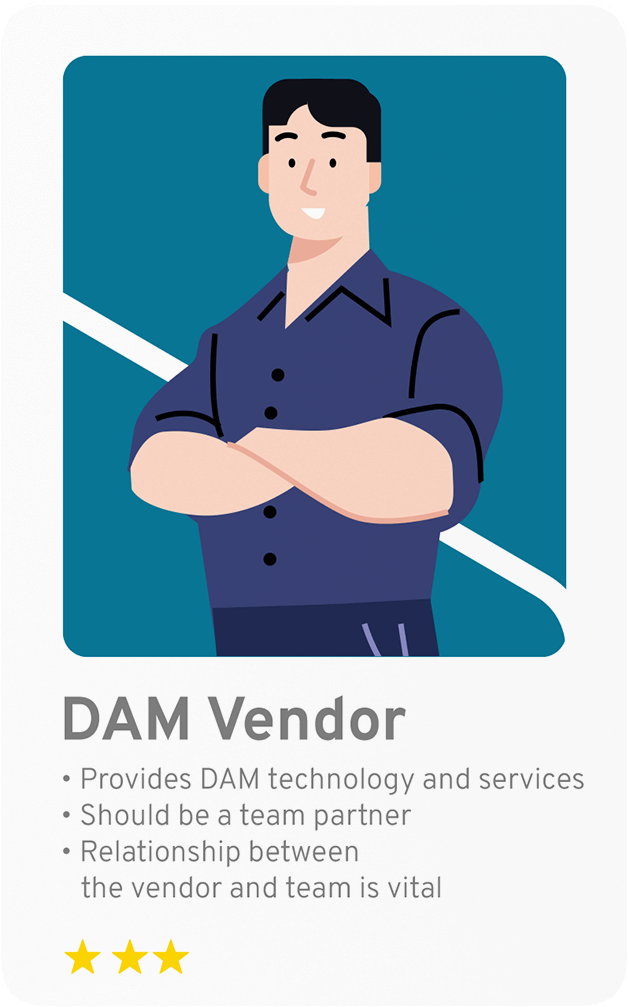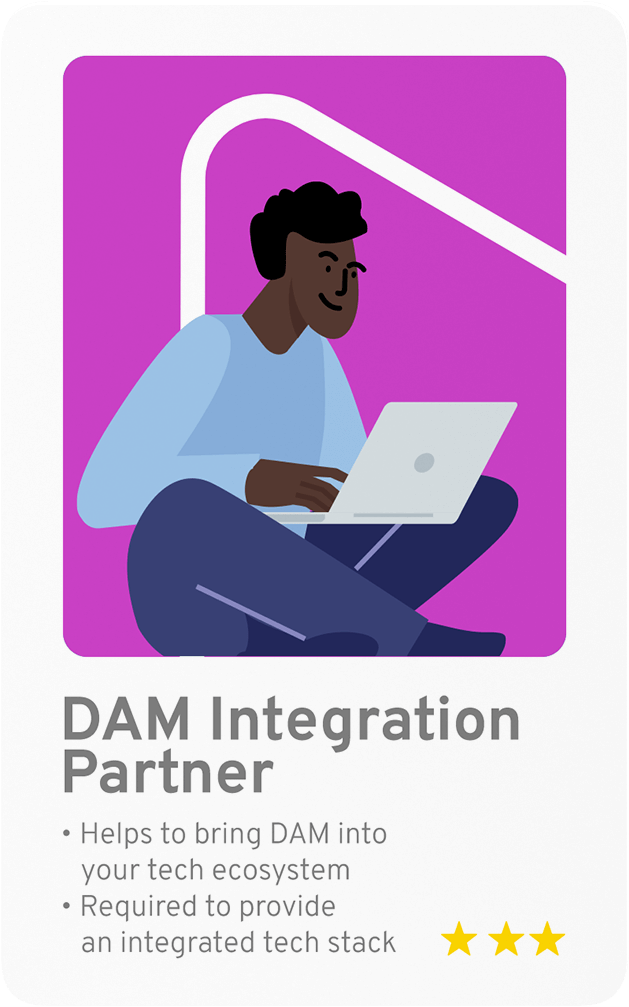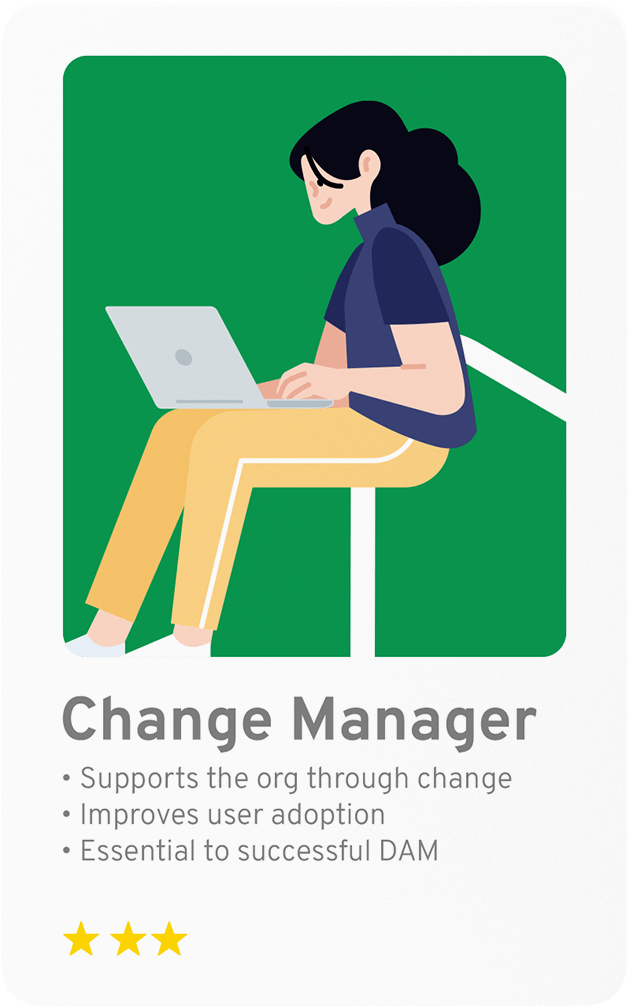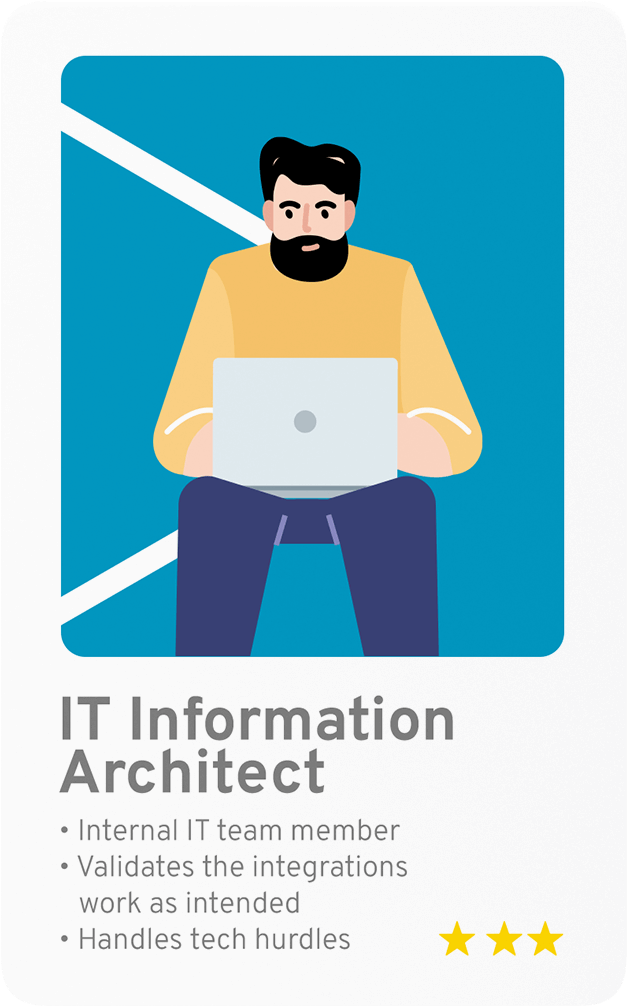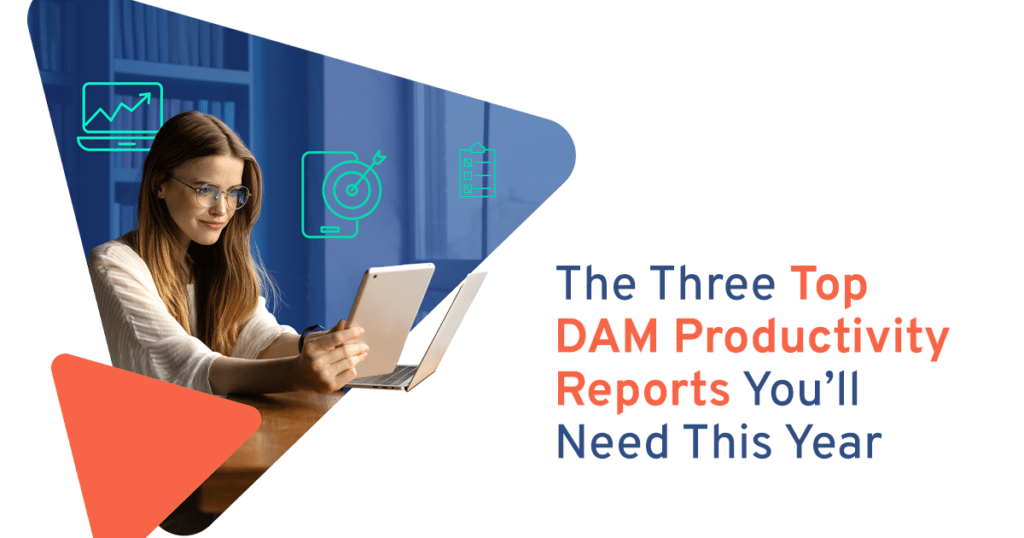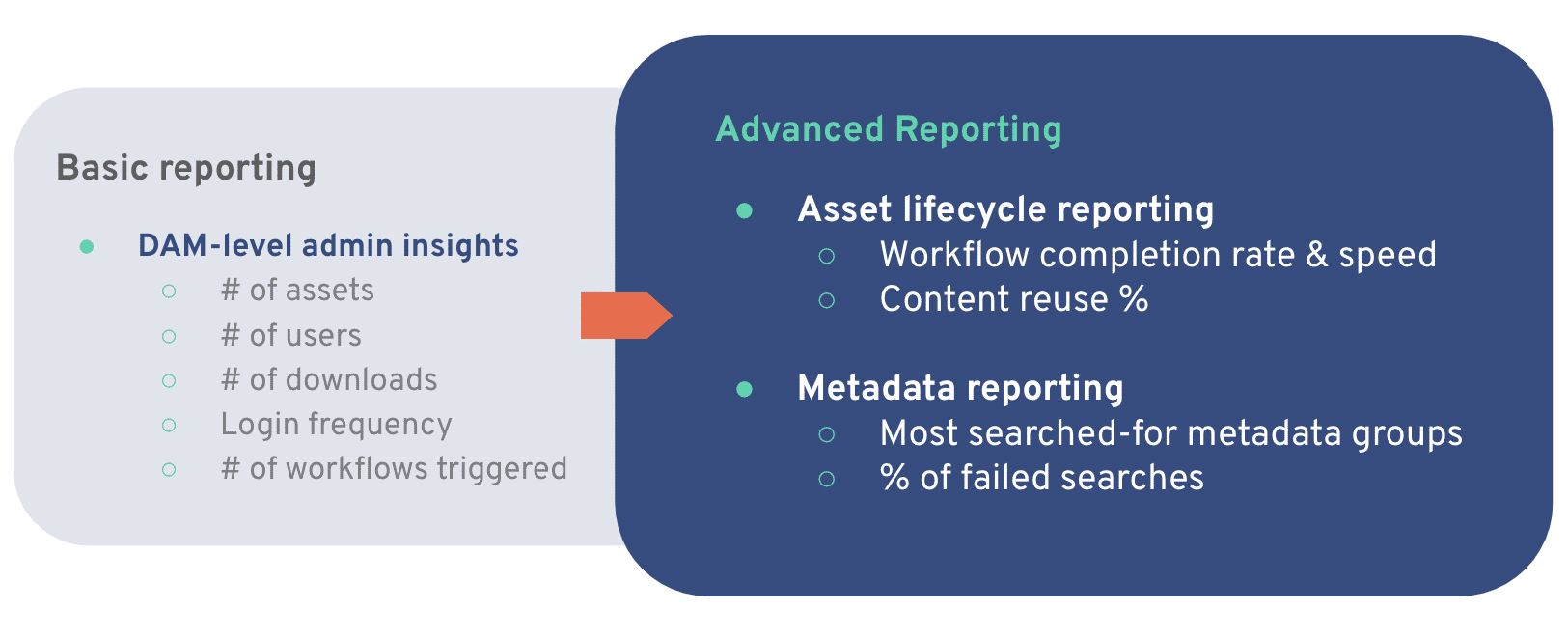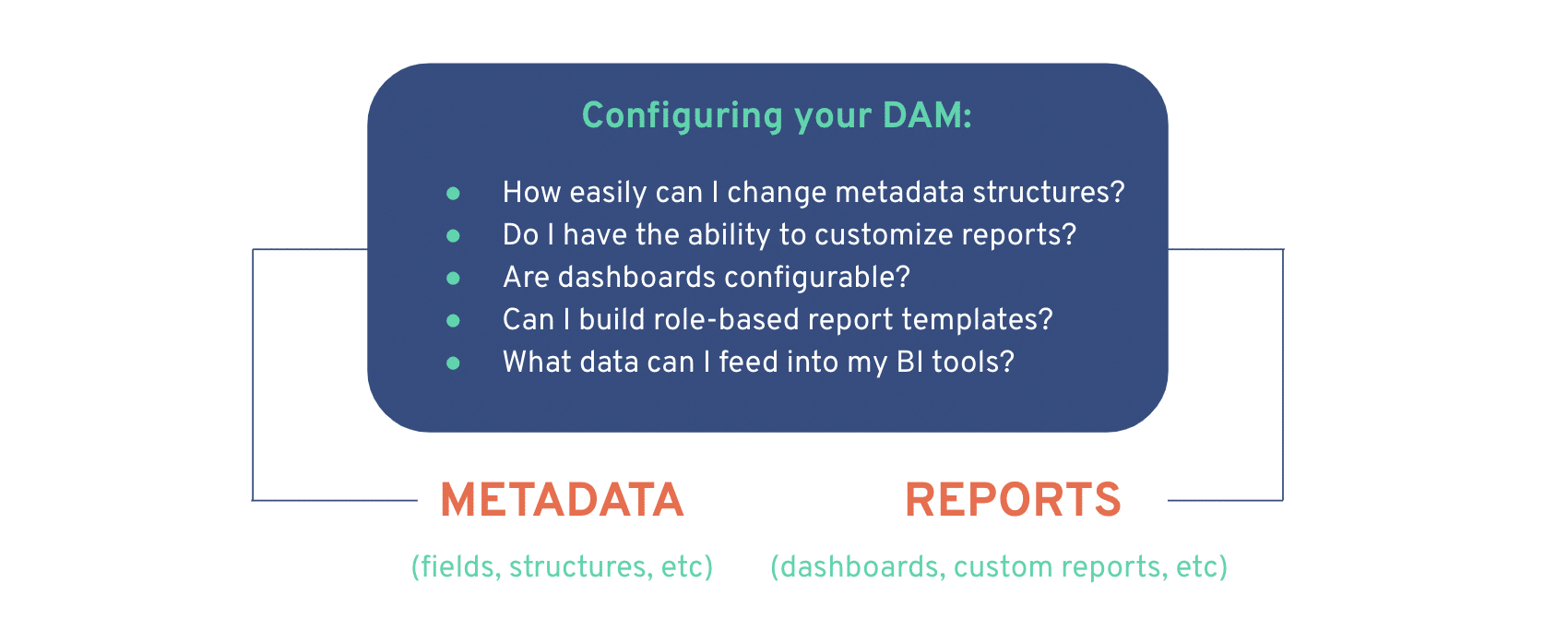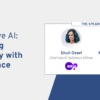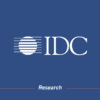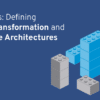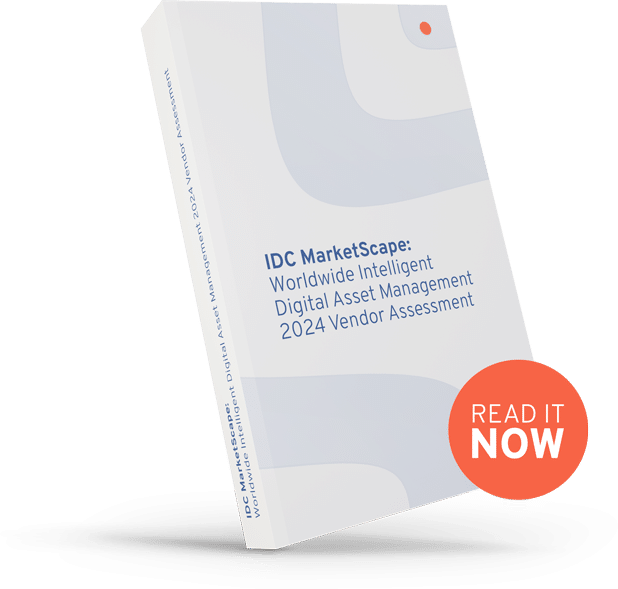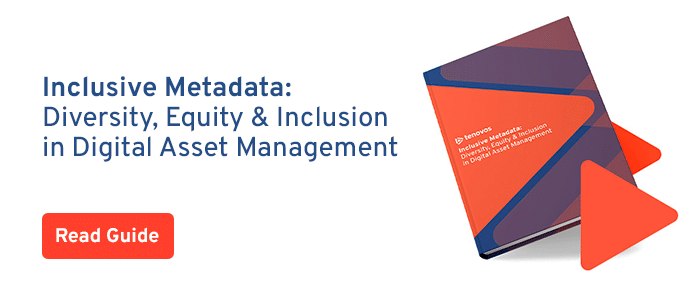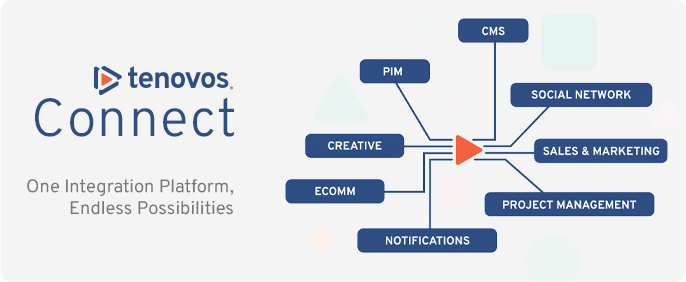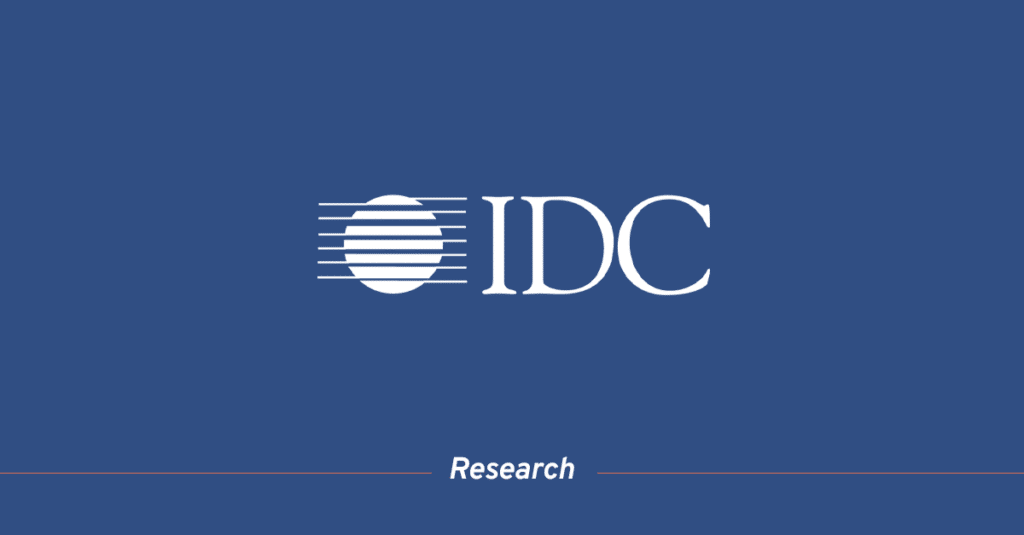
Tenovos recognized for AI-enhanced productivity and composable approach
New York – July 15th, 2024 – Tenovos, the modern data-first Digital Asset Management (DAM) platform, today announced that it has been named a Leader in the IDC MarketScape: Worldwide Intelligent Digital Asset Management 2024 Vendor Assessment (doc #US51265723, July 2024).
The report identifies and categorizes the most significant vendors in digital asset management.
Marci Maddox, IDC Analyst, said, “Consider Tenovos when you are a global product company that owns several brands distributing a significant amount of product and marketing content on a daily basis and looking to quantify productivity gains and content performance with a composable DAM.”
As part of the evaluation process, Tenovos was recognized for a number of strengths, including:
-
- Asset insights and life-cycle management: Tenovos offers a comprehensive solution for managing the entire content life cycle, from creation and approval to distribution and performance tracking. Activation intelligence tracks content performance across channels, and advanced analytics combines content creation data with usage and audience data to provide a holistic ROI picture.
-
- Headless architecture: Tenovos prioritizes innovation and leverages cutting-edge technologies like headless architecture and generative AI. Tenovos offers a composable architecture that supports interoperability with PIMs and CMSs.
- Headless architecture: Tenovos prioritizes innovation and leverages cutting-edge technologies like headless architecture and generative AI. Tenovos offers a composable architecture that supports interoperability with PIMs and CMSs.
-
- AI and big data: Tenovos utilizes big data for a 360-degree view of content and audience. Its AI features go beyond basic functionalities, offering functionalities like asset ideation, content recommendations, and passive content tracking to understand content utilization beyond traditional metrics.
“Our clients are global enterprise brands under pressure to be more efficient while in parallel creating content that has a greater impact on their business,” said D. Scott Bowen, CEO of Tenovos. He continued, “to achieve this, brands are embracing data, AI, and a composable approach that puts DAM as the center of their entire content supply chain. This creates one source of truth for all content and related productivity and performance metrics, allowing brands to create and deliver optimized media at scale. We’re proud that Tenovos is at the heart of this movement.”
Tenovos has brought on several leading global brands as clients in the last year, including Skechers, Maple Leaf Sports & Entertainment, Carlsberg, Reckitt, Condé Nast, and Danish Broadcasting.
The company, the first DAM in the MACH Alliance, also recently announced the launch of Tenovos Connect, which simplifies integrations with other technologies within the content supply chain and offers 1000+ pre-built connectors.
Additionally, the company achieved AWS Retail, Media & Entertainment, and Advertising & Marketing Technology Competency designations, and its SaaS offerings are available for purchase in the AWS Marketplace.
For more information, contact:
Mike Waldron, CMO
mike@tenovos.com
About IDC MarketScape
IDC MarketScape vendor assessment model is designed to provide an overview of the competitive fitness of technology and service suppliers in a given market. The research utilizes a rigorous scoring methodology based on both qualitative and quantitative criteria that results in a single graphical illustration of each supplier’s position within a given market. IDC MarketScape provides a clear framework in which the product and service offerings, capabilities and strategies, and current and future market success factors of technology suppliers can be meaningfully compared. The framework also provides technology buyers with a 360-degree assessment of the strengths and weaknesses of current and prospective suppliers.
About Tenovos
Tenovos is a data-first digital asset management platform, intuitively designed to empower brands to streamline and automate the traditional complexities of creating and activating global content.
Once published, content performance can be measured across channels and campaigns, allowing brand teams to quantify the success of their creative asset investment and its impact on business growth.
Some of the largest enterprise brands have seamlessly integrated the cloud-native Tenovos platform into their existing tech stack to help maximize the efficiency of managing content workflows and optimizing the content performance they create.
Learn more at www.tenovos.com

